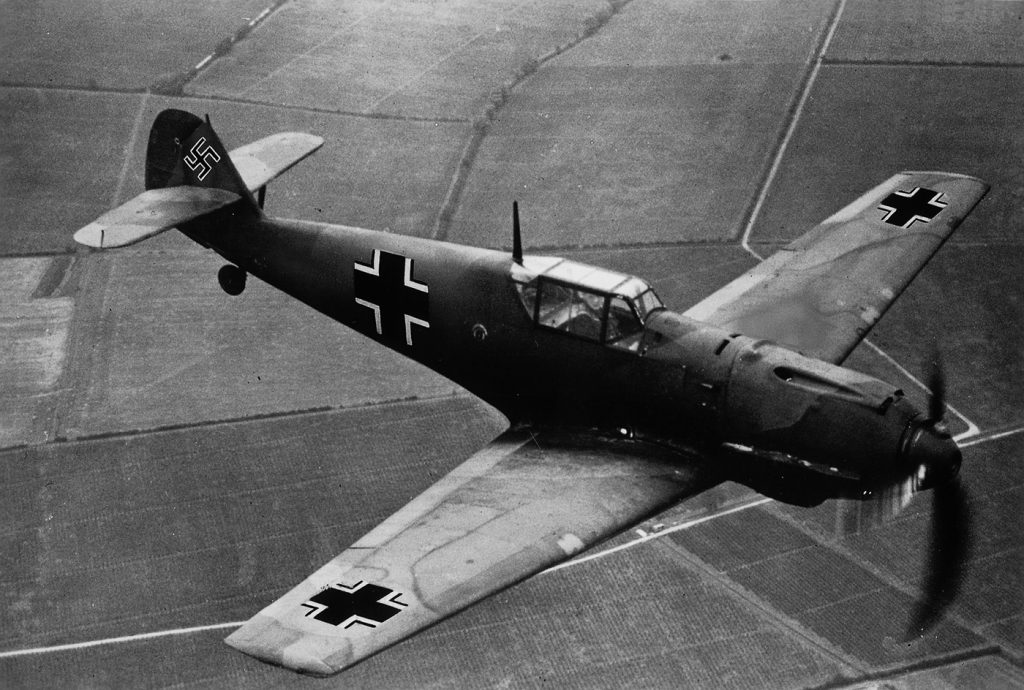
The high command of the Luftwaffe, the Air ministry, desired friendship with America. After the Treaty they were left with only 72 officers of the old imperial air corps and they had been retained in the small Reichswehr. This was how the Germans attempted to keep abreast of the aeronautical developments in other countries.
The production of aircrafts, with the intent to be used militaristically, was observed by Smith as very obsolete. He was struck by this incongruity of an ultramodern factory producing obsolete air planes. In 1935 and early 1936 it was fair to say that 4/5 of the air activity in Germany was concerned with training air officers and non-commissioned officer pilots and mechanics.
Smith had observed the actions of the air ministry, due to his status as military attache and in essence air attache, and he witnessed the omissions to the industry’s reports on aeronautical actions. The most significant omission, in one report, was the failure to state that the Luftwaffe was not a long range air force, built around heavy bombers with the primary mission of destroying cities and factories far behind the enemy’s lines, but rather an air force designed to operate in close support of Germany’s ground armies.
By 1938, the German air industry had produced around 9,900 types of aircrafts which included: 96 heavy bombardment squadrons; 54 fighter squadrons; 42 light bombardment squadrons; and 34 miscellaneous (or observation) aircrafts. By this time they had trained 4,500 flying officers and 151,000 officers and military personnel as their aviation strength. They had 6,000 flying non-commissioned officers. And in total the aircraft production of 1938 was between 9,000 and 10,000 estimated. For comparison, in 1939, the United States built roughly 3,000 planes.
Click here to continue
